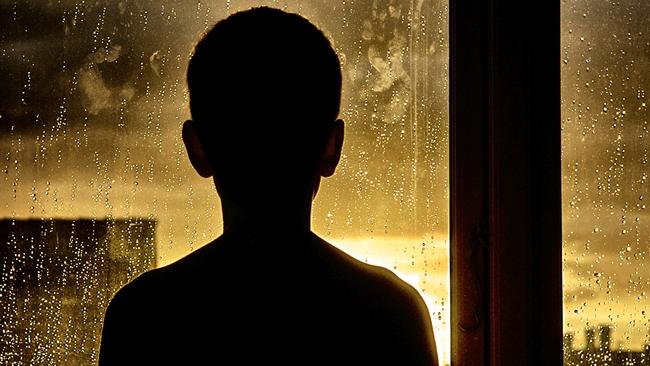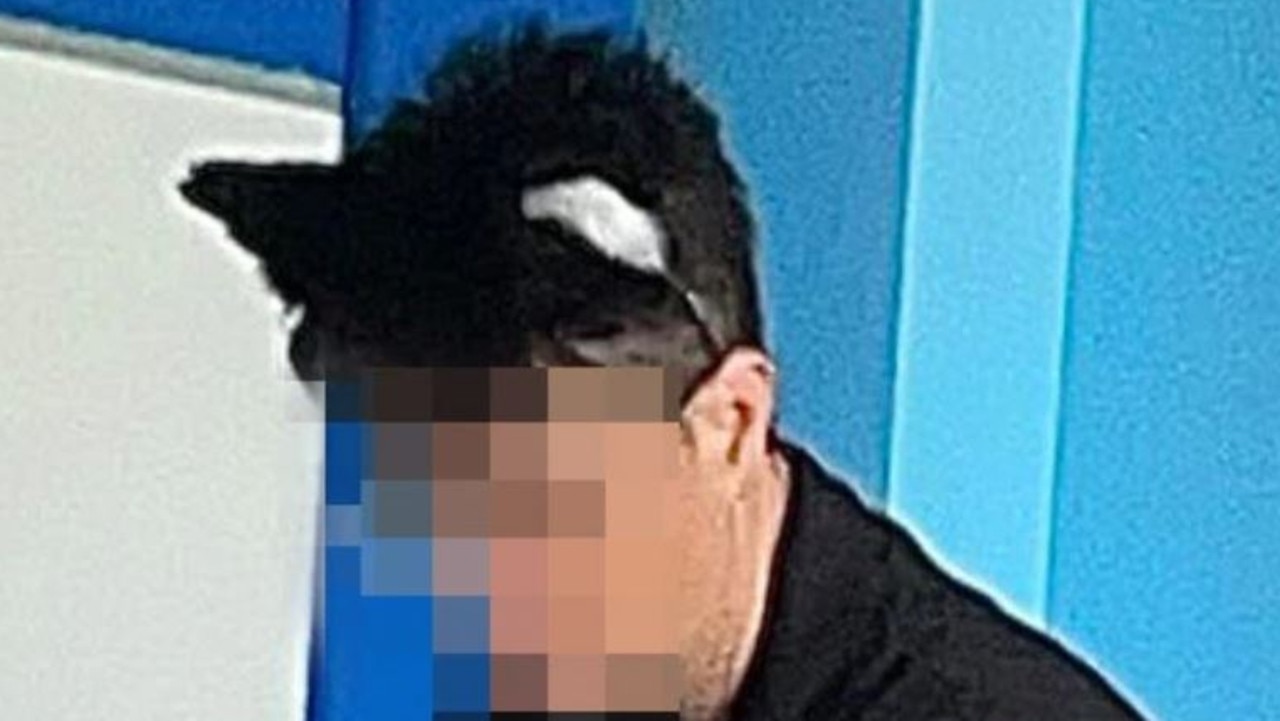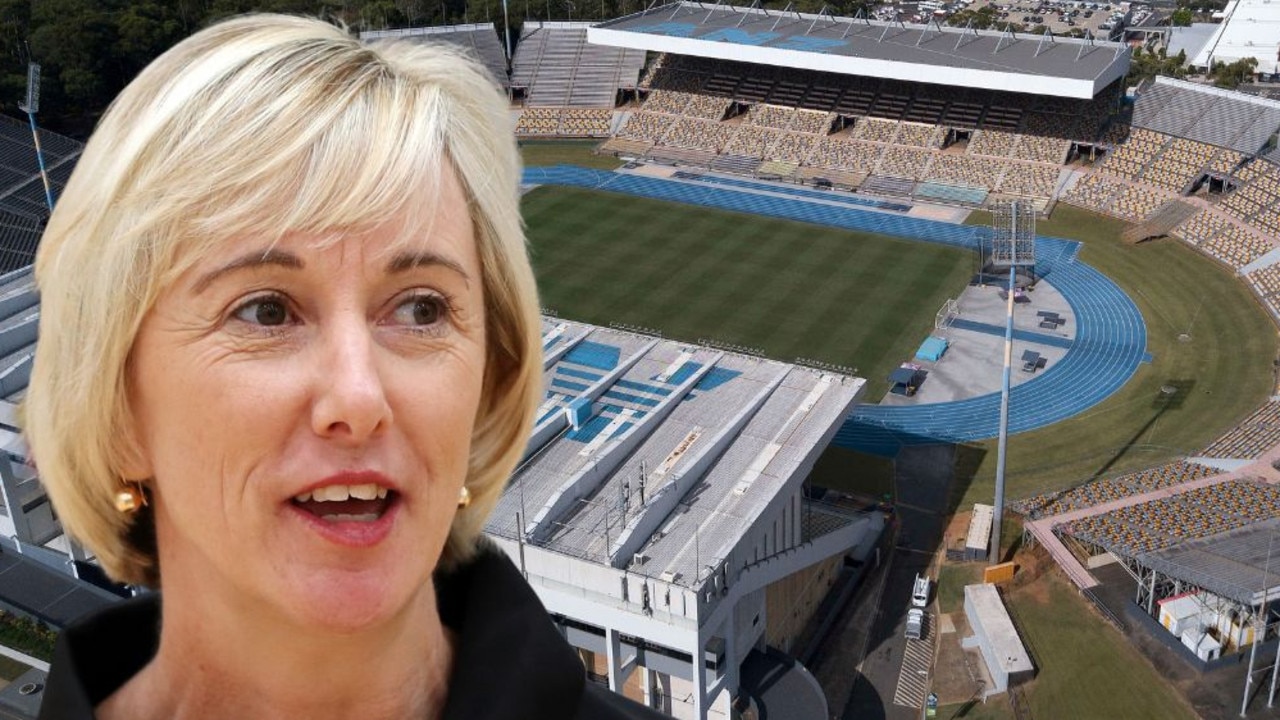Child safety Qld: Boy dies after living in a box in state care
A Queensland boy has died after being forced to live in a cardboard box while under state care, a damning new report has found.

QLD News
Don't miss out on the headlines from QLD News. Followed categories will be added to My News.
A Queensland boy has died after being forced to live in a cardboard box while under state care, a damning new report into the state’s child safety system has found.
Harrowing accounts published in the Child Death Board Annual Report include details of children being handed tents by child safety to sleep outside and others being exploited for sex.
The suicide death of the teenage boy came after experiencing long-term instability, neglect, and substance abuse, with the report highlighting Child Safety’s failings of the state’s most vulnerable children.
According to the report, the boy was made homeless after his housing placement closed, forcing him to live out of a “cardboard box” with no access to a shower, clean clothes or food.
The report by board chairman Luke Twyford, which reviewed the deaths of 70 Queensland children known to child safety, slammed the system for lacking “the capability and capacity to provide safe and stable homes for vulnerable children” and called for the public service to have a more parental attitude towards children of the state.
“Ensuring that for children we remove from parents, that we can provide a better life and then actually give them a better life is something that we can do today,” Mr Twyford said.
“We want the DG of every Minister of every portfolio to sign a pledge of what they’re going to do to help children.
“In Transport, it could be ‘how do we help children growing up in residential care get to and from school and in education?’, it’s how do we support extra curricular activities, attending assemblies and school camps?
“There’s small things that will help.”
The report found system issues “including a lack of therapeutic care placements, poor placement matching, and a lack of system flexibility and capacity contributed to a path where these young people experienced further harm and trauma through their experiences of placement instability, homelessness, sexual and criminal exploitation, and unmet basic needs”.
It comes after a coronial inquiry into the death of Elizabeth Struhs – a child known to the system who was left to die when her parents and members of a religious group withheld her vital insulin injections – was announced by the state government.
According to the report, 53 children known to Queensland child protection died in the 2023-24 financial year, compared with 70 the year prior.
It delivered nine recommendations and called for state mental health services to be more thorough with children not engaging with the system to prevent their cases being closed too early.
The measures would include cases of unengaged children not being allowed to close until after the child’s case was discussed at a Suspected Child Abuse and Neglect (SCAN) meeting and a comprehensive support strategy had been devised and enacted.
It also called for the Queensland Government to continue to prioritise its response to the impact of family and domestic violence on Queensland children.
Among the most horrific cases included a child, who had experienced sexual abuse and had complex mental health needs, provided a tent to sleep in outside when “no placement option could be identified”.
“(The child) moved between staying with family members, friends and adult acquaintances,” the report stated.
“These adult acquaintances were understood to be adult men who sexually exploited young people in exchange for drugs, money and a place to stay. At other times, the young person slept under a bridge or near a Child Safety Service Centre.”
Child Death Review Board chairman Luke Twyford said examples of children being provided tents to sleep in as a last resort was “unacceptable”.
“The government that is a parent to a child and we run a multimillion dollar housing department and yet a child in our care we seem to think the best care to provide them is tent, that’s not okay,” he said.
“Too many children are not getting appropriate care in residential care.”
A spokesman for the Department of Child Safety said while it could not comment on specific cases, all efforts were made to provide care arrangements for children under state care.
“Sometimes a young person may not be suitable to live with other children, and sometimes a young person will refuse an approved placement that is offered to them and then source their own arrangement without approval,” he said.
“Children who come into contact with child protection often have complex, challenging and high-risk behaviours due to pre-care and past experiences, mental health and disability issues.”
Child Safety Minster Amanda Camm agreed that child safety is “everyone’s responsibility,” and assured that a whole-of-government approach would be taken to improving lives of vulnerable children.
“I am working alongside my colleagues and their departments and together we will consider the recommendations by the board,” she said.
“We will move our residential care system to a 24/7 dual-carer model, we’re working on a professional foster care trial and to increase the child protection workforce by 20 per cent by 2030.”
The government has committed $383m towards creating a Safer Children, Safer Communities plan.
More Coverage
Originally published as Child safety Qld: Boy dies after living in a box in state care




